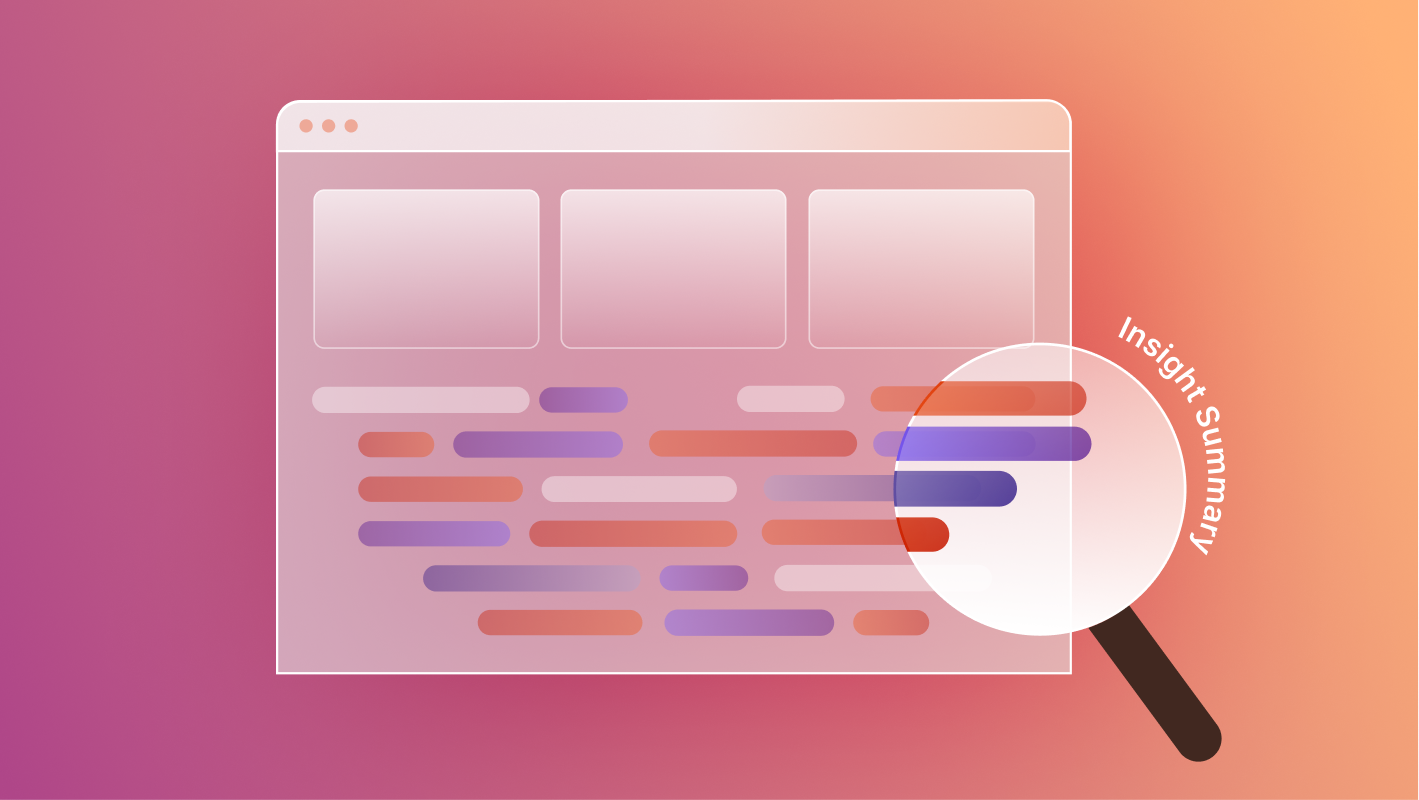You’ve spent months refining your portfolio, watching Figma tutorials, and reading Medium articles on design trends. But when it comes time to land that first job, the advice starts to sound... generic.
As a Webflow-focused design agency, we’ve reviewed hundreds of junior applications, and we want to help you stand out for the right reasons. These aren’t just tips on making your portfolio pretty. These are the traits, habits, and signals we actually look for when hiring junior designers.
1. Learn to Think in Systems, Not Just Screens
Good design is more than a nice UI—it’s a set of decisions that scale. Show us you understand how components relate to each other. Can your hero block become a content module elsewhere? Did you think about how the design might evolve over time? Systematic thinking is a superpower in fast-paced teams.
Instead of just showcasing pages, walk us through reusable elements and explain why you designed them that way. Hiring managers want to hear how you think and make decisions. Practice walking through your portfolio and taking the recruiter on a journey through your work.
2. Be a Specialist, Not a Generalist
A lot of junior portfolios try to do everything: brand identity, UX research, illustration, prototyping, 3D. The result? Nothing feels strong.
Instead, pick a lane and go deep. Are you obsessed with layout and spacing? Great. Love designing scalable CMS structures in Webflow? Even better. A sharp, focused portfolio is way more memorable than a scattered one.
You don’t need to do it all. Show us what you do best, and how you’d plug into a team.

3. Curiosity > Experience
We don’t expect you to know every tool. We do expect you to be hungry to learn. Can you talk about how you taught yourself something? Did you take a messy project and turn it into a case study? We’re hiring for potential, not perfection.
Include a short write-up in your portfolio about something you learned while building the project. Emphasize your wanting to learn more and your dedication to doing so.
4. Be Confident In Your Work
Showing your confidence is more than just smiling while you present. It's an obvious spark behind your eye that passionate designers have when talking about a project they're really proud of. Don't be afraid to show that emotion in your interview.
Confident and passionate designers will always be more appealing candidates.
5. Design With Content in Mind
We can always spot a portfolio built with placeholder text. But strong junior designers think about the real content—how it flows, scales, and breaks. If you can explain how your design supports content strategy, that’s a huge plus.
Explain how you approached layout choices for different types of content, not just visual hierarchy.

6. Explain Your Process
Describing how you achieved a final product or design is one of the most important parts of the interviewing process. We want to see how your brain works creatively, and the way you explain your process matters for our sake and our clients.
Practice walking through your work and telling the story of how you got from A to B.
7. Tell Us How You Handle Feedback
We’re not hiring a set of hands—we’re hiring a communicator. Can you take critique? Can you explain your rationale without getting defensive? Collaboration is everything in an agency setting, and the best junior designers show emotional intelligence.
Add a line to your case study like: “After initial feedback, I revised X by doing Y because…”

8. Show Us How You’d Work With Us
Want to stand out in your application? Don’t just send a portfolio, show us how you think. Pick one of our recent blog posts, case studies, or pages and tell us what you liked (or how you’d improve it). Even a few sentences goes a long way.
This shows initiative, alignment with our brand, and a willingness to engage thoughtfully with real work.
9. Be Collaborative, Even in Personal Work
We know junior portfolios are mostly solo projects, but we still want to see how you think about teamwork. Did you ask for feedback from peers? Did someone else code your design? Mention it.
Showing you play well with others is a major plus.

10. Finally, Show Us You're Ready to Grow
We’re not looking for someone who’s mastered everything—we’re looking for someone ready to grow with us. The best junior designers we’ve hired weren’t the ones with the flashiest portfolios.
They were the ones who asked smart questions, paid attention to the details, and cared about the people using what they made.




.svg)

.svg)











